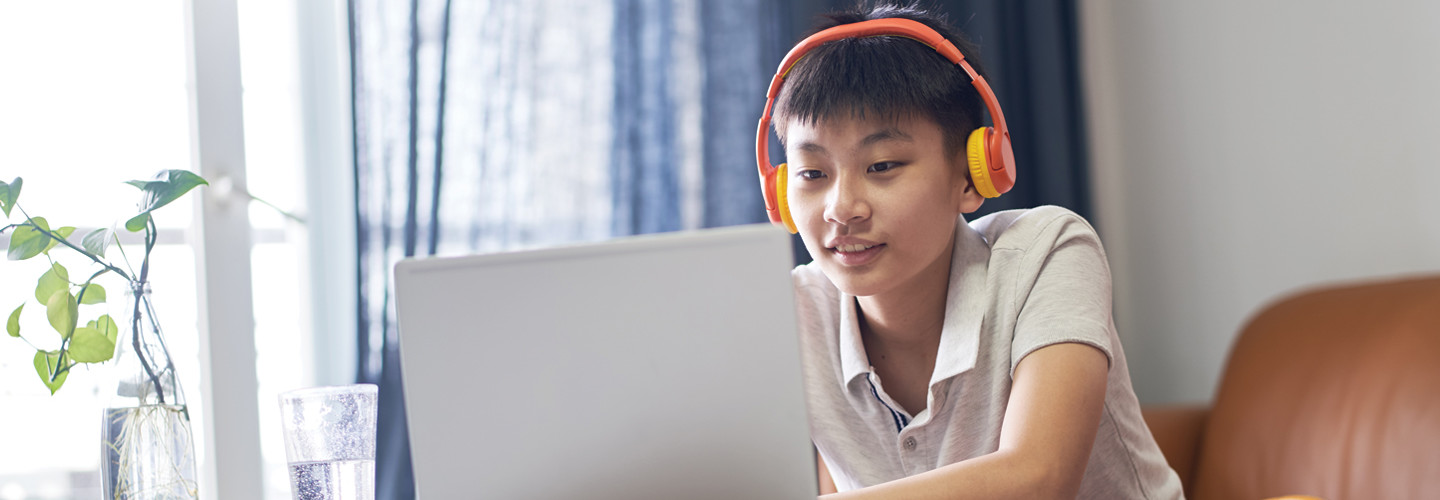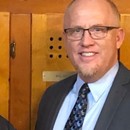Michael Buist, a seventh and eighth grade math teacher at Arizona’s Chandler Unified School District, is one such educator. After choosing to try flipped learning, he recorded himself solving problems in a time-lapse video and added a voiceover to explain the lesson.
“It became apparent that my students just weren’t in awe of these mathematical videos,” he says. “So, I asked them to give me some suggestions.”
The students quickly responded, suggesting he add background music, introductions, thumbnails that named the lessons and outros that encouraged viewers to like and subscribe.
“They really wanted me to be a YouTube creator,” Buist says.
The feedback helped him improve the videos which, in turn, helped his students stay engaged with lessons.
How Has the Pandemic Affected the K–12 Flipped-Classroom Model?
At North Carolina’s Watauga County Schools, Ashley Brown teaches the eight fourth graders who opted to continue online learning through the Watauga Virtual Academy. The 2021-2022 school year is the virtual school’s official first year.
“There was a huge learning curve,” Brown says. “They’re 8 and 9 years old; you couldn’t come into this expecting them to know how to do it. It was something that had to be taught, and once we taught it — and it became part of our routine — they understood what was expected and what they needed to do.”
MORE ON EDTECH: How can educators use digital tools in the kindergarten classroom?
For educators, the flipped classroom may share similarities with pandemic-era virtual classrooms. However, for students, there may be a period of adjustment to the new learning style.
“It’s definitely different for the kids, so I’m really going back to the very basics of teaching them the routine — what’s expected, how to interact with the video and what you should do if you don’t understand,” Brown says.
Knoble notes that he always begins the year with a lesson on how to watch and interact with the videos. This includes reminding students that they can rewind when they’re confused and fast-forward when they feel they’ve mastered a concept. He found it was much easier to adjust to the pandemic’s changes because of his previous experience and his flipped-learning resources.
“I had 150 to 200 videos already made,” he says. “For the kids in my class, it wasn’t as difficult of a transition because they already were watching videos.”
Additionally, many districts have adopted one-to-one initiatives since the beginning of the pandemic, making it easier for students to access the recorded lectures and other online materials from home.
What Are the Benefits of a Flipped Classroom in K–12 Schools?
Besides the easier transition to remote learning during the pandemic, Knoble stands behind the flipped-classroom approach because it allows students to learn at their own speed.
“It’s all self-paced, so the differentiation is fantastic,” he says. “If someone works faster, I’m not holding them back. I can increase the depth of their knowledge by giving them enrichment activities. And the ones who need more reinforcement? That’s where I’m walking around during classroom time and getting them through the main concepts.”
Brown agrees that using the flipped-classroom model feels like being in two places at once, helping students who need extra guidance while advancing learning for those who have mastered the content. She additionally found that creating videos for her flipped classroom have helped the students at home as well.
DISCOVER: Interactive flat panels are a key tool for teacher-driven learning in K–12 classrooms.
“The benefit, which I especially see in math, is parents can have access to these lessons and videos as well,” she says. “It helps them see what’s expected, so they can better help their kids at home.”
While it may benefit some parents to have access to the instructional videos, the goal of the flipped classroom isn’t for parents to become the teachers or for students to teach themselves.
“My intention is to give the kids some exposure to what we are going to do that next class period, so they don’t come in completely unaware,” Buist says. “Whatever your pedagogy is, you have to be flexible. It’s been a growing process and a learning process throughout.”











